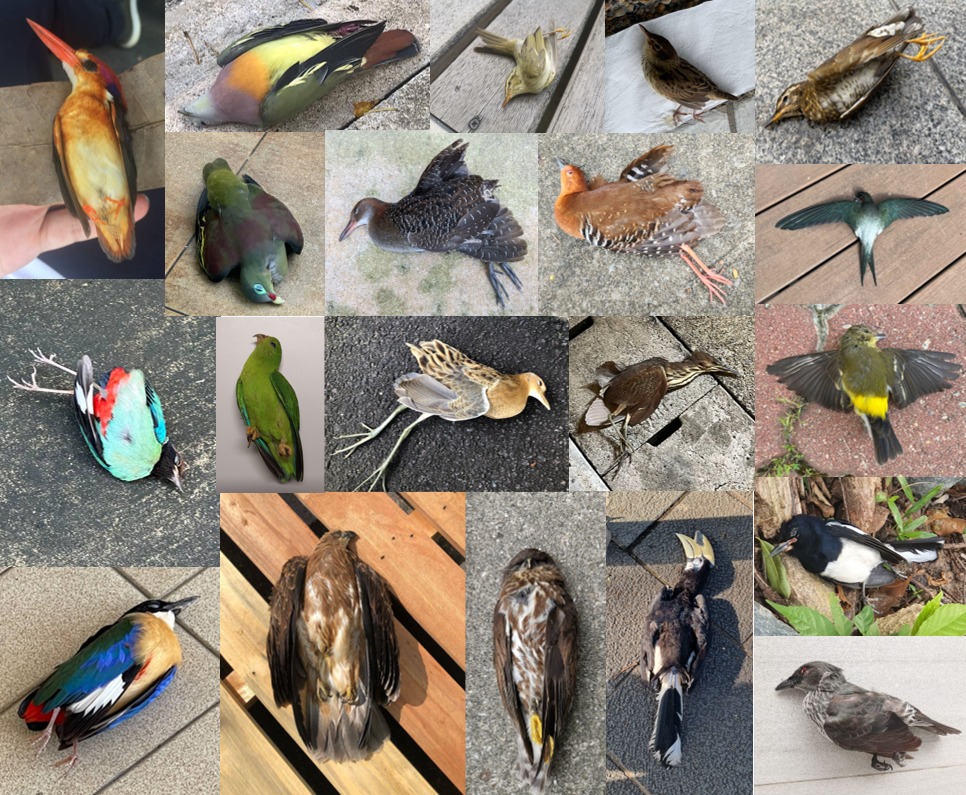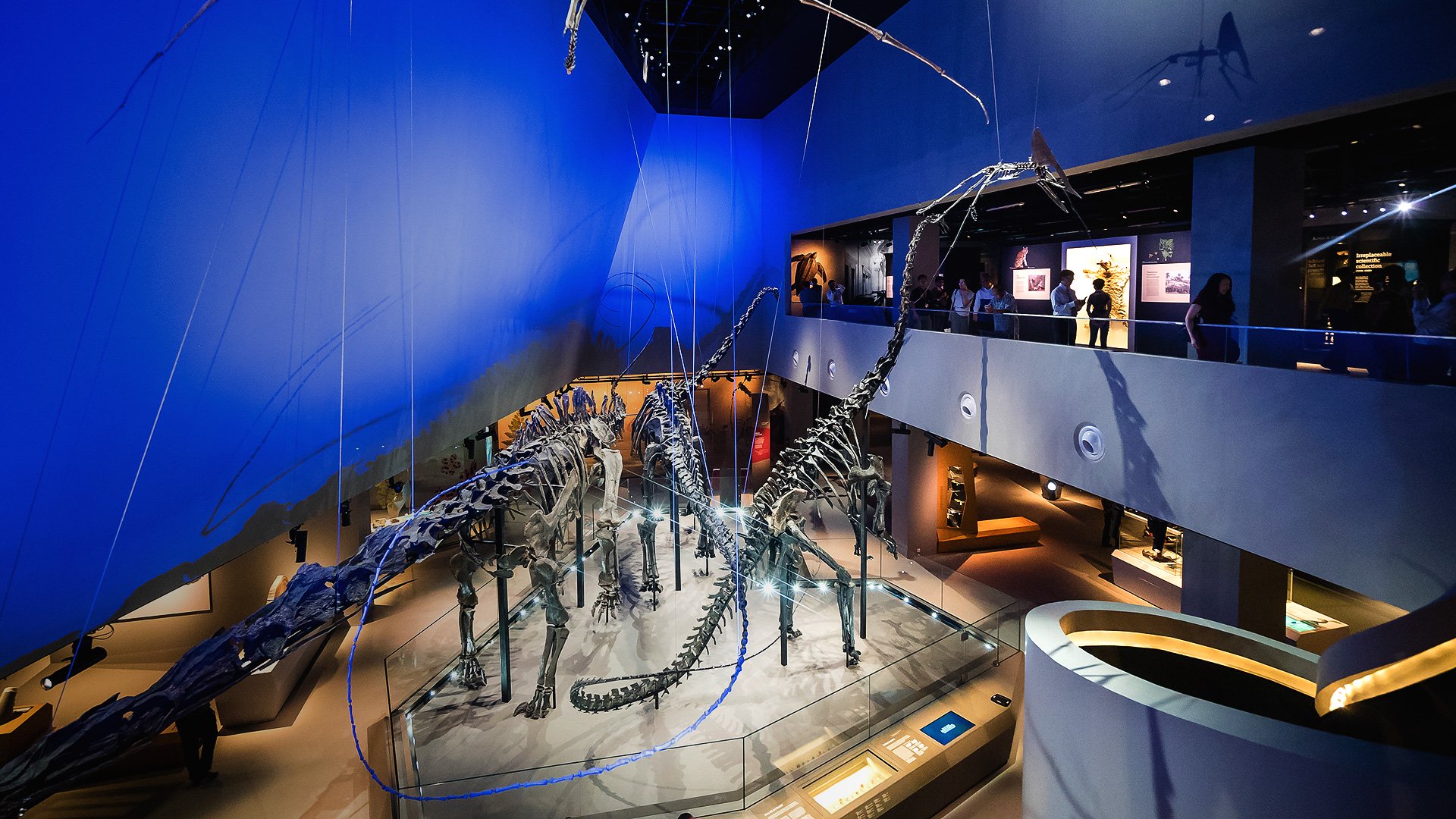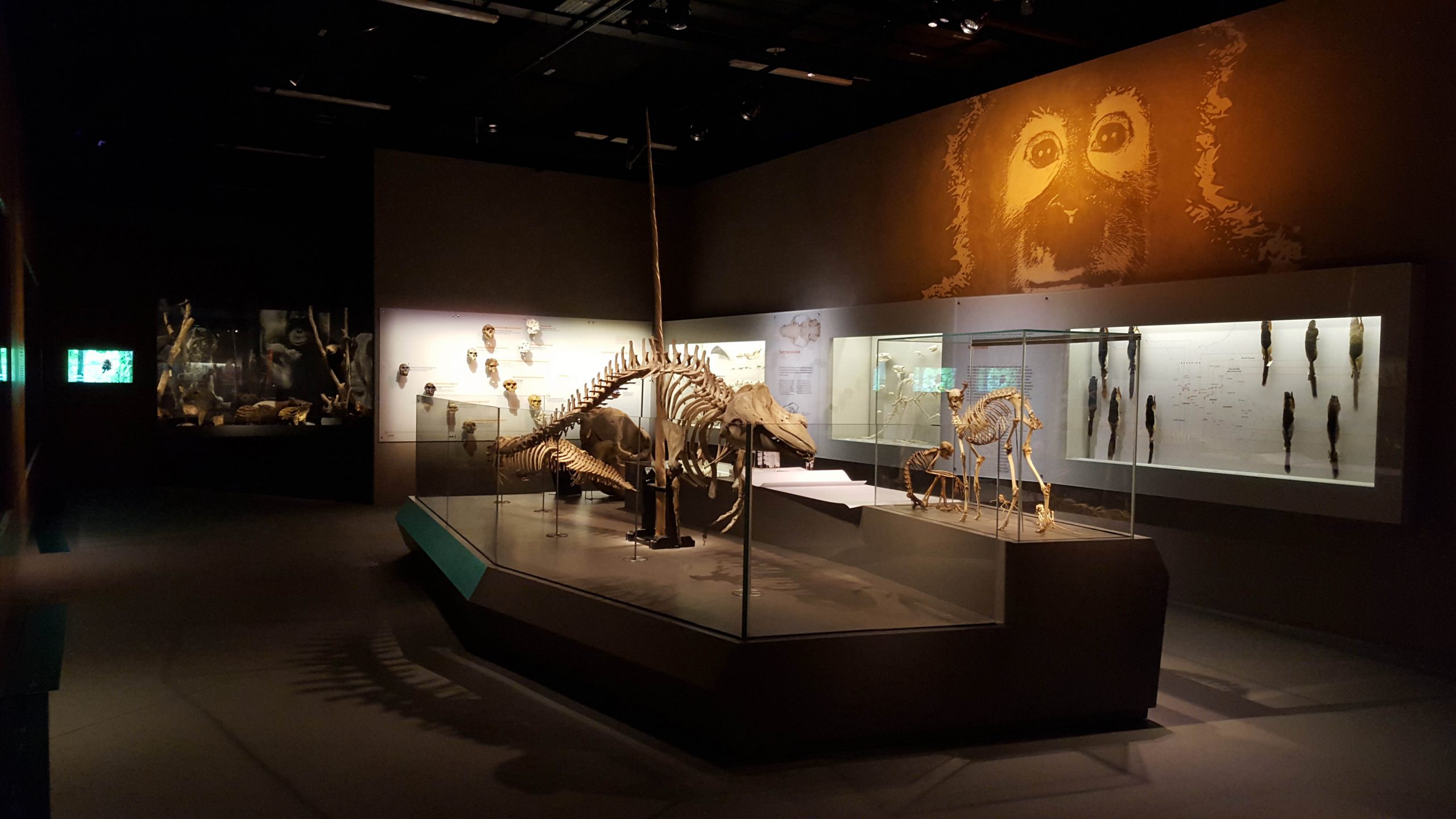Dead Bird Hotline

Millions of birds die each year due to collision with man-made structures. This phenomenon is still poorly understood, largely because of the data collection challenges inherent to studying highly mobile animal species such as birds. Many of these deaths go unreported, yet they each hold a piece of the bigger puzzle that ornithologists are still attempting to unravel. Each individual bird carcass that is reported and/or collected contributes to valuable, irreplaceable biorepositories that could otherwise be difficult to obtain.
Contact the Lee Kong Chian Natural History Museum’s dead bird hotline at +65 84495023 (WhatsApp) or @deadbirdhotline (Telegram). Alternatively, please contact the LKCNHM’s Curator of Birds, Ms Tan Yen Yi (yenyi.tan@nus.edu.sg), for a quicker response. We will respond as soon as possible and coordinate with you to collect the bird for our research. Even if we are unable to collect the bird carcass, the occurrence data will be recorded and will be useful to our database on urban avian mortality.
In your message to us, we would like to kindly request that you include the following information:
1. Date and time of find;
2. Location (GPS coordinates if possible);
3. Photos for species identification purposes, to aid in our prioritization of resources to arrange for its collection.
In the meantime, if you are holding onto the carcass, we recommend to store the carcass by:
1. Wrapping up the bird in some tissue paper or newspaper;
2. Placing the wrapped bird in a plastic bag;
3. Keeping it in a cool, dry place, away from direct sunlight. The colder, the better. Storing it in a freezer is best.
Following these steps would help minimize the rate of decomposition and preserve the carcass quality for future research applications.
If you are unable to stay with the carcass till our arrival, please leave the bird in a safe location out of sight. It helps to move the bird into a patch of grass or vegetation nearby and let us know its location. Doing so will keep the carcass hidden from view and shelter it from the elements. If it goes uncollected, mother nature can have it back.
We thank you in advance for your contributions. As cliche as it is: every little bit counts, lest these birds die in vain.



